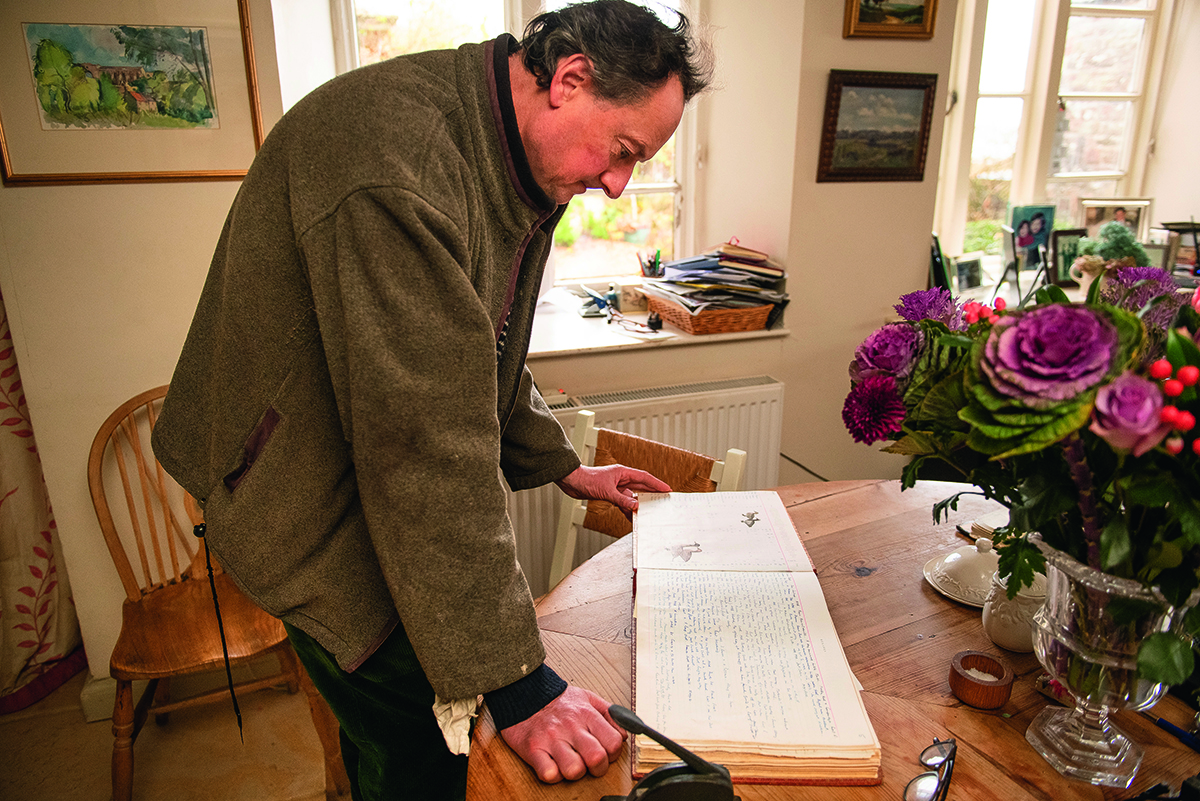Shooting Times at 140: how have things changed over the years?
Shooting Times’s 140th anniversary prompts a look back through the gamebooks to see how things have changed during the magazine’s life

The extensive gamebooks of Jamie’s family provide a vital record of a very different countryside
For obvious reasons, it has not been the start to the shooting season that I had anticipated. By now I was to have had three days’ driven grouse shooting. But two were cancelled as it was becoming evident that there was not the harvestable surplus of grouse that my host thought there was. And the third was cancelled out of respect for HM The Queen following news of her death.
As it happened I could not have shot anyway. As a member of the Royal Company of Archers, The King’s Bodyguard for Scotland, I was called up to Edinburgh, and after a haircut, frantic polishing of boots, medals, sword and belt brasses followed by rehearsals, I found myself on parade. It was a deeply moving and memorable experience and will make a more interesting entry in my gamebook for my grandchildren to read than a day’s shooting, however many grouse there were.
The 140th anniversary of Shooting Times prompts a look back through our gamebooks here to see how shooting has changed during Shooting Times’s existence. In 1882 my great, great, great uncle Kit was in charge. A veteran of the Crimean War, where he fought in the Thin Red Line with the 93rd Highlanders at the Battle of Balaclava, he was really more of a hunting man and maintained a hunting box in Rutland, where he spent most of his winters. But September and October were devoted to shooting partridges here.
Mosaic of small fields
The gamebooks give a picture of a very different countryside. The farming regime then created a mosaic of small fields bounded by hedges and stone dykes and the mixture of grass parks, winter stubbles after cereals and root fields provided the perfect habitat for wild grey partridges.
It yielded perhaps a dozen days’ sport for the family, averaging perhaps 10 brace for two or three Guns walking-up, I assume over pointers or setters, plus numerous hares and rabbits, and a season’s total of perhaps 200 partridges. In October, there would be a couple of days covert shooting when perhaps 30 or 40 pheasants would be shot each day. Then he would focus on foxhunting, allowing his keeper to have a couple of days while he was away.
This happy balance in nature in late-Victorian times was no doubt aided by ‘The Trapper’, who has frequent mentions in the accounts section. He earned around £5 a month, paid for mostly by the sale of rabbit meat to the butcher. History does not relate what else he trapped, but presumably the harvestable surplus of around 200 wild partridges off 1,500 acres each year was made possible by a marked lack of predators.
There is a column in the gamebooks for ‘disposal of game’ and it was all either ‘eaten in the house’ or given away. He was in his dotage during the Edwardian era so missed the kind of excesses in shooting only exceeded during the second half of the reign of Elizabeth II. My grandfather’s gamebooks record similar numbers of partridges pre-war and declining numbers after the introduction of chemicals into farming in the post-war period. From the 1970s, wild partridges became locally extinct and my father put down pheasants. The numbers increased steadily, particularly after I let the shoot to a commercial operator in the early part of this century. Some days we shot over 200.
But now my own gamebook is starting to record the sort of days they had in the 1880s again. We have yet to have enough wild grey partridges — though we have reared them successfully for falconry — and nor are we likely to while the predator imbalance is enshrined in law. But the type of regenerative agriculture we are now practising should help wild bird populations to recover. Here’s hoping and here’s to the next 140 years of Shooting Times.








